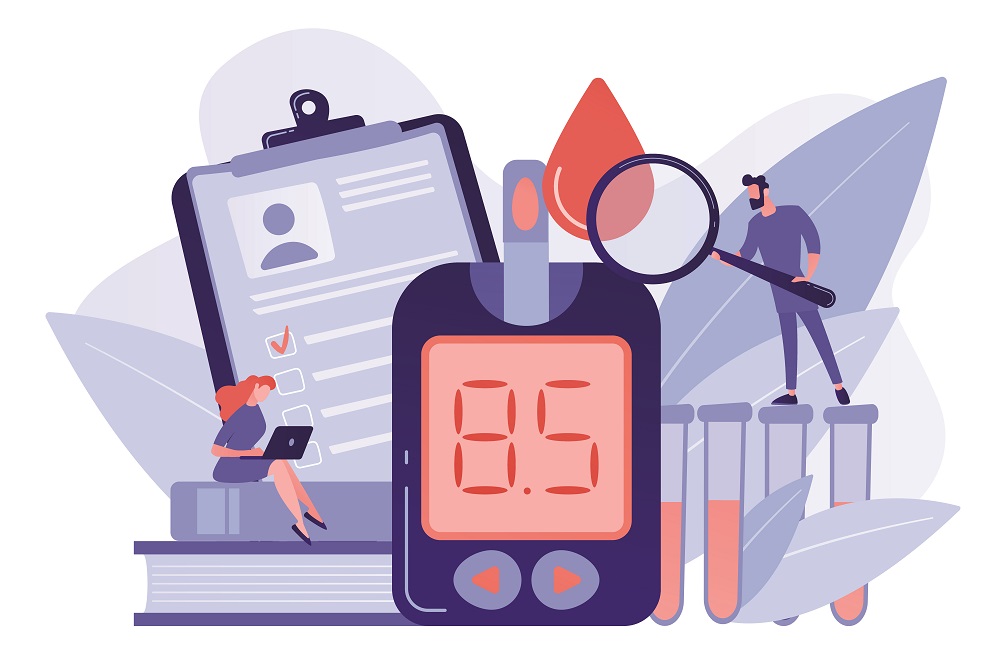Maintaining stable blood glucose levels is crucial for individuals with diabetes as well as those at risk of developing the condition. While diet and lifestyle play significant roles, certain medications can also impact blood glucose levels, posing challenges for those managing diabetes or other metabolic conditions. Understanding these medications, their effects, and how to manage them is essential for individuals and healthcare providers alike.
1. Oral Antidiabetic Medications:
– Metformin (Brand names: Glucophage, Fortamet): Metformin is a first-line oral medication for type 2 diabetes. It works by decreasing glucose production in the liver and improving insulin sensitivity in muscle and fat tissues. While metformin itself typically doesn’t cause hypoglycemia when used alone, it can lower blood glucose levels significantly when combined with other antidiabetic medications.
– Sulfonylureas (Brand names: Glipizide, Glyburide): Sulfonylureas stimulate the pancreas to release more insulin, thereby lowering blood glucose levels. However, they carry a risk of causing hypoglycemia, especially if meals are delayed or if someone is more physically active than usual.
– Thiazolidinediones (Brand names: Pioglitazone, Rosiglitazone): Thiazolidinediones work by increasing insulin sensitivity in muscle and adipose tissue. They may lead to weight gain and fluid retention, which can exacerbate insulin resistance. They can also cause mild to moderate hypoglycemia, especially when used in combination with other antidiabetic drugs.
– Dipeptidyl Peptidase-4 (DPP-4) Inhibitors (Brand names: Sitagliptin, Saxagliptin): DPP-4 inhibitors help lower blood sugar levels by preventing the breakdown of incretin hormones, which stimulate insulin release and inhibit glucagon secretion. These medications generally have a low risk of causing hypoglycemia, but they may cause pancreatitis in some cases.
– Sodium-glucose Co-transporter-2 (SGLT2) Inhibitors (Brand names: Canagliflozin, Dapagliflozin): SGLT2 inhibitors work by blocking the reabsorption of glucose by the kidneys, leading to increased glucose excretion in the urine. They can lower blood glucose levels and promote weight loss. However, they carry a risk of causing euglycemic diabetic ketoacidosis (DKA), especially in individuals with type 1 diabetes or those with impaired kidney function.
2. Insulin Preparations:
Insulin is a hormone that regulates blood glucose levels by facilitating the uptake of glucose into cells. The different types of insulin preparations include:
– Rapid-acting insulin (e.g., Humalog, NovoLog): These insulins begin to work within 15 minutes after injection and reach their peak effect in about 1 hour. They are typically taken just before or with meals to control postprandial blood glucose levels.
– Short-acting insulin (e.g., Regular insulin): Short-acting insulins start working within 30 minutes and peak in 2 to 3 hours. They are often used to manage blood glucose levels between meals or during periods of fasting.
– Intermediate-acting insulin (e.g., NPH insulin): Intermediate-acting insulins have a slower onset of action compared to rapid-acting or short-acting insulins and peak in 4 to 12 hours. They are commonly used to provide basal insulin coverage between meals and overnight.
– Long-acting insulin (e.g., Lantus, Levemir): Long-acting insulins have a slow and consistent release, providing basal insulin coverage for up to 24 hours. They help maintain stable blood glucose levels between meals and overnight.
– Mixed insulin preparations (e.g., NovoLog Mix, Humalog Mix): These insulins contain a combination of rapid-acting and intermediate-acting insulins, providing both basal and prandial insulin coverage. They are typically taken before meals to control postprandial blood glucose levels.
3. Glucocorticoids:
Glucocorticoids, such as prednisone, dexamethasone, and hydrocortisone, are commonly used to treat inflammatory conditions, autoimmune disorders, and allergic reactions. They can increase blood glucose levels by promoting gluconeogenesis (the production of glucose in the liver), decreasing glucose uptake in peripheral tissues, and inducing insulin resistance.
4. Beta-blockers:
Beta-blockers, including atenolol, metoprolol, and propranolol, are medications used to treat high blood pressure, angina, and heart rhythm disorders. They can mask the symptoms of hypoglycemia, such as tremors and palpitations, making it difficult for individuals with diabetes to recognize and treat low blood sugar levels promptly. Additionally, beta-blockers may impair glucose metabolism and insulin sensitivity, leading to higher blood glucose levels over time.
5. Statins:
Statins are medications used to lower cholesterol levels and reduce the risk of cardiovascular events. While statins themselves typically do not directly affect blood glucose levels, they may slightly increase the risk of developing type 2 diabetes, especially in individuals who are already at risk for the condition. This risk is generally outweighed by the cardiovascular benefits of statin therapy.
6. Antipsychotics:
Antipsychotic medications, such as olanzapine, quetiapine, and risperidone, are used to treat various psychiatric disorders, including schizophrenia and bipolar disorder. Some antipsychotics can cause weight gain and insulin resistance, leading to an increased risk of developing type 2 diabetes. They may also impair glucose metabolism and increase blood glucose levels directly.
It’s important for individuals taking these medications to be aware of their potential effects on blood glucose levels and to work closely with their healthcare providers to monitor and manage their diabetes or metabolic condition effectively. Regular blood glucose monitoring, lifestyle modifications, and medication adjustments may be necessary to achieve optimal blood sugar control and reduce the risk of complications.

